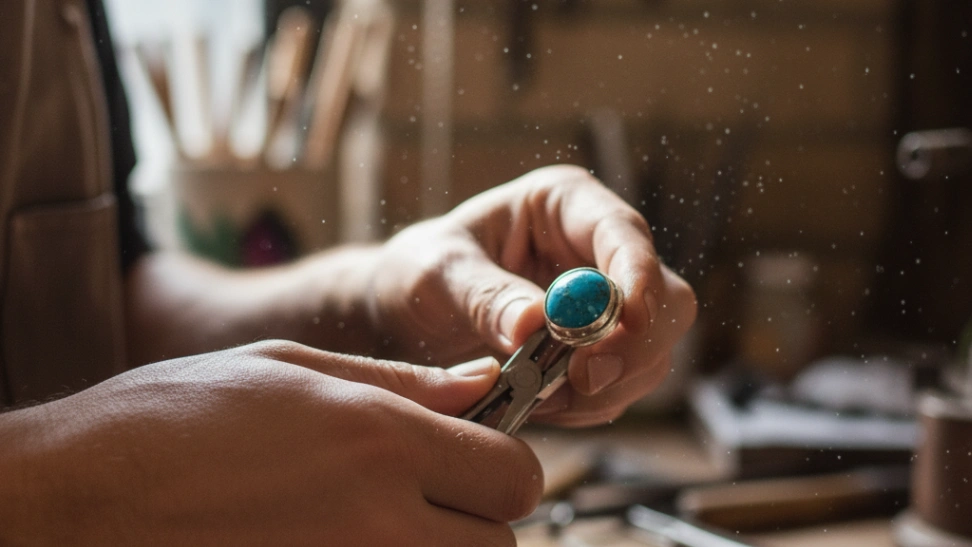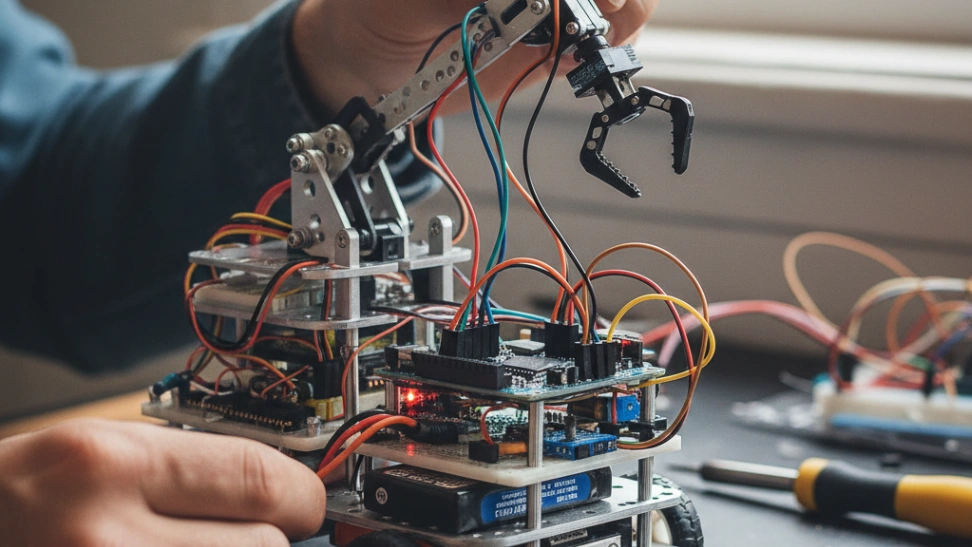Is This Hobby For You?
This hobby is ideal for individuals who enjoy intricate handwork, creative expression, and producing tangible, beautiful objects.
Why You'll Love It
- Provides a deeply satisfying creative outlet to design and personalize unique pieces.
- Allows for creation of meaningful, handmade gifts for friends and family.
- Offers potential for developing a small business or selling unique artisan crafts.
Good to Know Before You Start
- Can be a moderately expensive hobby to get into, especially for metalworking techniques.
- Requires significant patience, precision, and develops fine motor skills over time.
- Involves working with small tools and sometimes sharp materials, requiring careful attention to safety.
Hobby Traits
How the community rates this hobby.
Getting Started: The Essentials
The basic requirements to begin your journey with Jewelry Making.
Startup Cost
$150
Community-voted average
Ongoing Cost
Low
Monthly upkeep estimate
Essential Gear
Jewelry Pliers Set
Essential for bending, looping, and cutting wire. Includes round-nose, chain-nose, and flush cutters.
Beads, Wire, or Metal Sheet
Your choice of primary material to start crafting, such as a basic bead kit, jewelry wire, or a small silver sheet.
Measuring Tools
A ruler, calipers, or ring sizers for precise sizing and consistent designs.
Safety Glasses
Crucial for protecting your eyes from flying debris, especially when cutting wire or using a hammer.
Jeweler's Saw and Blades
For cutting intricate shapes from metal sheets (if pursuing metalworking beyond wire).
Learning Curve
Overall Difficulty: Easy
Associated Skills
Skills you can expect to develop while pursuing this hobby.
A Closer Look at the Traits
Very Calm
A deeply relaxing and meditative activity with minimal physical effort.
Fairly Practical
You learn a useful skill, but the process is also a major part of the enjoyment.
Purely Indoors
Best enjoyed in the comfort of your own home or a dedicated indoor space.
Moderately Mental
Primarily a mental activity, but may have some light physical components.
Purely Creative
A highly creative and expressive outlet for your imagination and artistic side.
Mostly Solo
Primarily a solitary activity, but with communities available to share your results.
Frequently Asked Questions
Hobby Traits
How the community rates this hobby.



